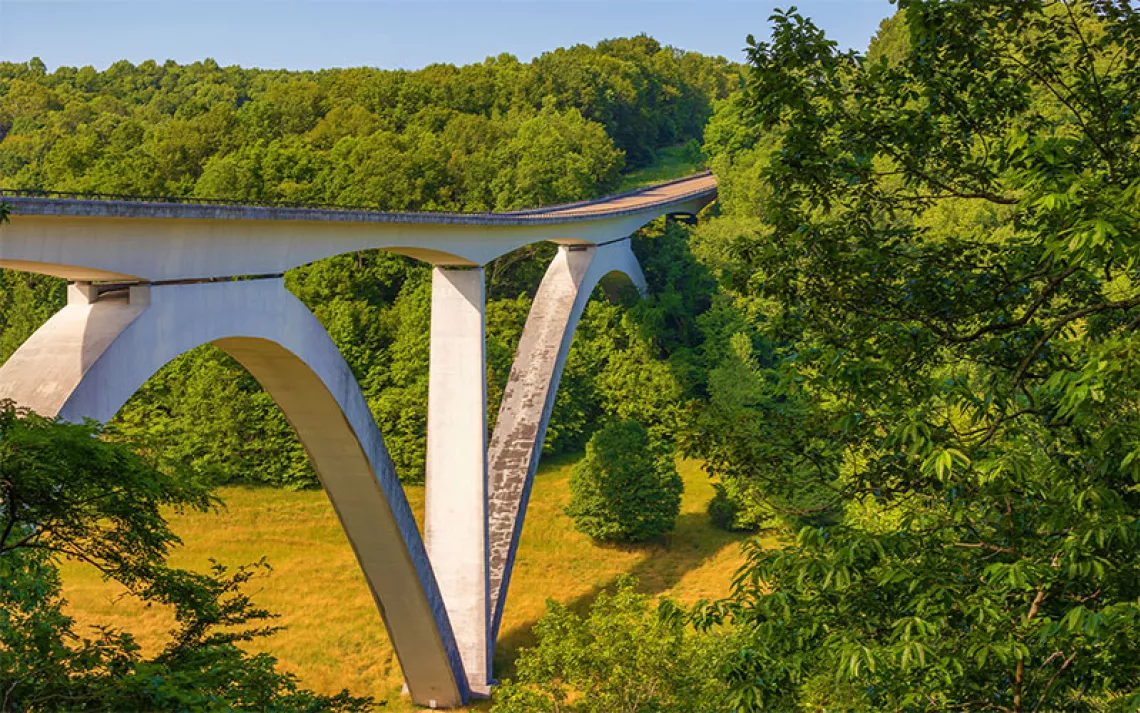One Instagrammer’s Quest for a More Inclusive Outdoor Community
“Unlikely Hikers” busts up notions of who belongs in the wilderness
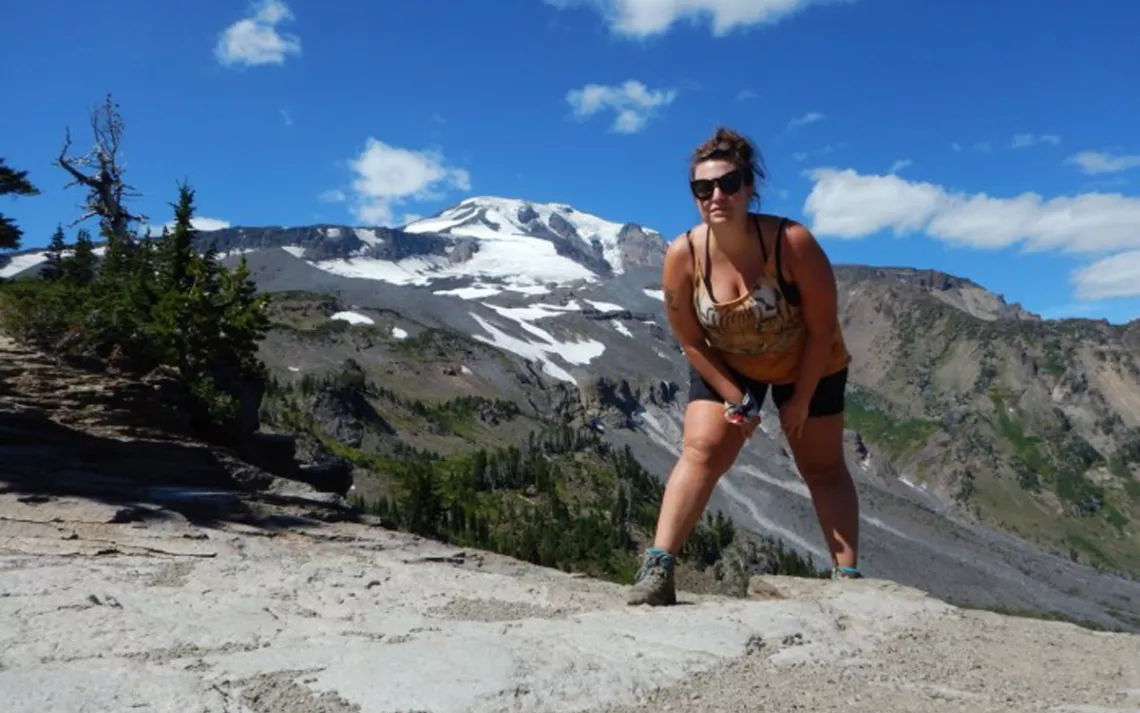
Images courtesy of Jenny Bruso
What does an outdoorsperson look like? While adventurers come in all different sizes, shapes, colors, and backgrounds, the historically homogenous outdoor community doesn’t make it easy for everyone. A self-described “fat, femme, queer, former indoor kid” wants to change that—through her Instagram feed as well as through hiking group meet-ups she creates for those underrepresented in outdoors culture.
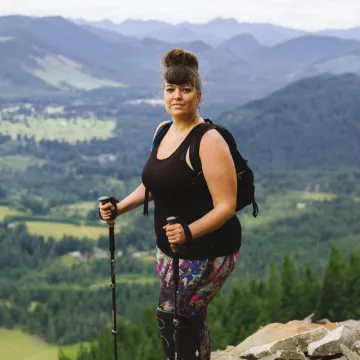
Jenny Bruso’s second-ever hiking excursion took place on her 30th birthday, as a first date. “At the time, it was one of the hardest things I’d ever done,” she says. “But that day, I felt like something new opened up to me.”
Bruso began setting out on hikes around her home in Portland, Oregon, starting off with the easiest excursions and ticking them off in a Pacific Northwest hiking book. It became the thing she did, instead of partying and dancing in clubs at night (she was working as a DJ at the time). “Through hiking, I felt like I was getting a lot of clarity and inspiration that I felt I’d been lacking in my life. Before finding this path, I wasn’t somebody who enjoyed exercising,” she says. “I resent the way exercise is marketed in our culture, especially to women, as a way to fix our bodies—implying that we shouldn’t like ourselves the way that we are.”
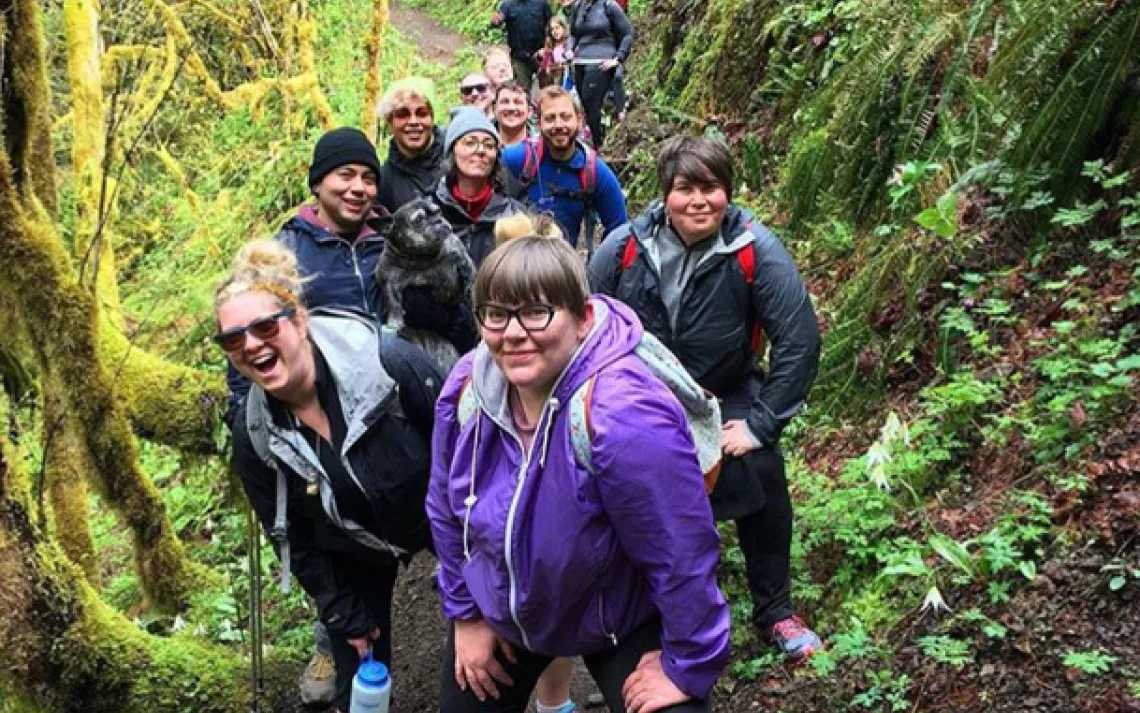
Early on in her hiking career, Bruso noticed she kept seeing a very specific “type” of person out on the trail: young, thin, and white. She began joining social media groups aimed at outdoorsy people. And, she kept being bombarded with pictures of the same types of people, often sporting expensive gear while enjoying epic endeavors. “It’s exciting seeing photos like that, but it wasn’t a realistic representation of myself, and it felt a little painful,” she says. “I wanted to be a part of the culture, but many of these social media accounts were leaving a lot of people out of their narrative of ‘who is enjoying the outdoors.’”
Feeling desperate to connect with other unlikely outdoorspeople, Bruso launched her own outdoor adventure blog in 2015. The idea was to share her journey and create a resource that spoke to everyday people. In 2016, she started the Instagram feed @unlikelyhikers. Through her followers, she began networking with others interested in showcasing diversity in the outdoors. The community Bruso was seeking started to emerge.
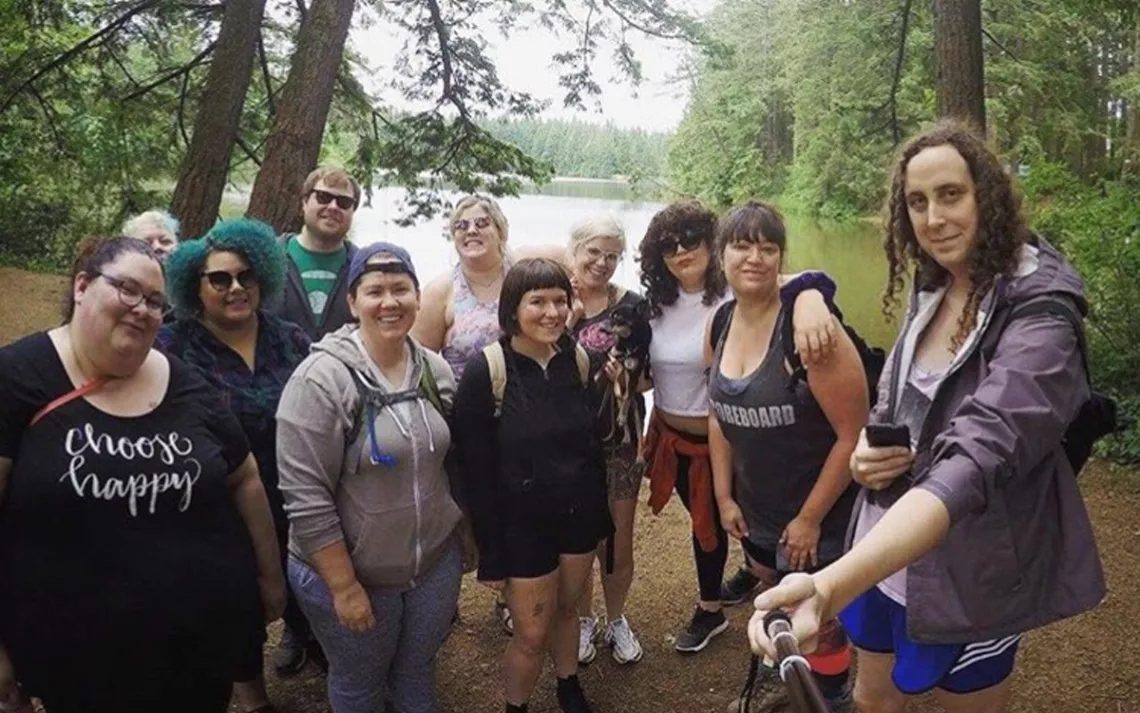
“Representation is a huge factor,” she says. “If we don’t see ourselves represented in a part of society that interests us, we often decide that it’s not for us. The more we see a diverse and inclusive outdoors, the more commonplace it will become.”
Here’s a practice that can benefit all fans of the Great Outdoors: reminding oneself that we don’t know someone’s story merely by looking at them. That person who may seem out of place on your local trail may be a regular hiker who’s visiting. Also, frequency of athletic activity isn’t a prerequisite to getting outside and enjoying nature.
“I’ve been hiking now for about six years,” Bruso says. “I hike all the time, and I still get well-intentioned comments, like ‘You’re doing OK,’ and ‘You’re almost there,’ as if people think it’s my first time out.”
In her @unlikelyhikers posts, Bruso talks frankly about such difficulties, which are rarely part of the dialogue in the outdoors industry, where the buzzwords are “positivity,” “inspiration,” and “motivation.” “There’s a pervasive tone in outdoorsy media that trends toward the glossing over of hardship,” she says. “Inspirational quotes work with me, too, but sometimes on trails, I don’t feel like I’m ‘crushing it.’ I’m not always looking my cutest, and you can see the sweat on my shirt. I want to talk about the amazingness of what our bodies allow us to do and not to be critical about how we look when we’re in those moments.”
Bruso says she enjoys hearing from fellow hikers—especially stories about people who use the outdoors and nature as part of their mental-health-care regimens. “I want to talk openly about what the outdoors does for us, because for me, it’s something that keeps my mental health in check,” she shares. “It helps me dig deep, past what I think I know of myself.”
While Instagram feeds like Bruso’s are increasingly highlighting the diversity of people drawn to outdoorsy pursuits (see our list of recommended accounts, below), she notes that there are still some groups that are not adequately covered in the media: LGTBQ and plus-size adventurers.
“In a lot of outdoor gatherings, I’m the only gay person, and also the only fat person,” Bruso says. “The outdoors has so much to teach all of us. We don’t know how we’ll benefit until we get out there. But, maybe the more people share about their experiences, the more others will be able to see what can lie out there for them, too.”
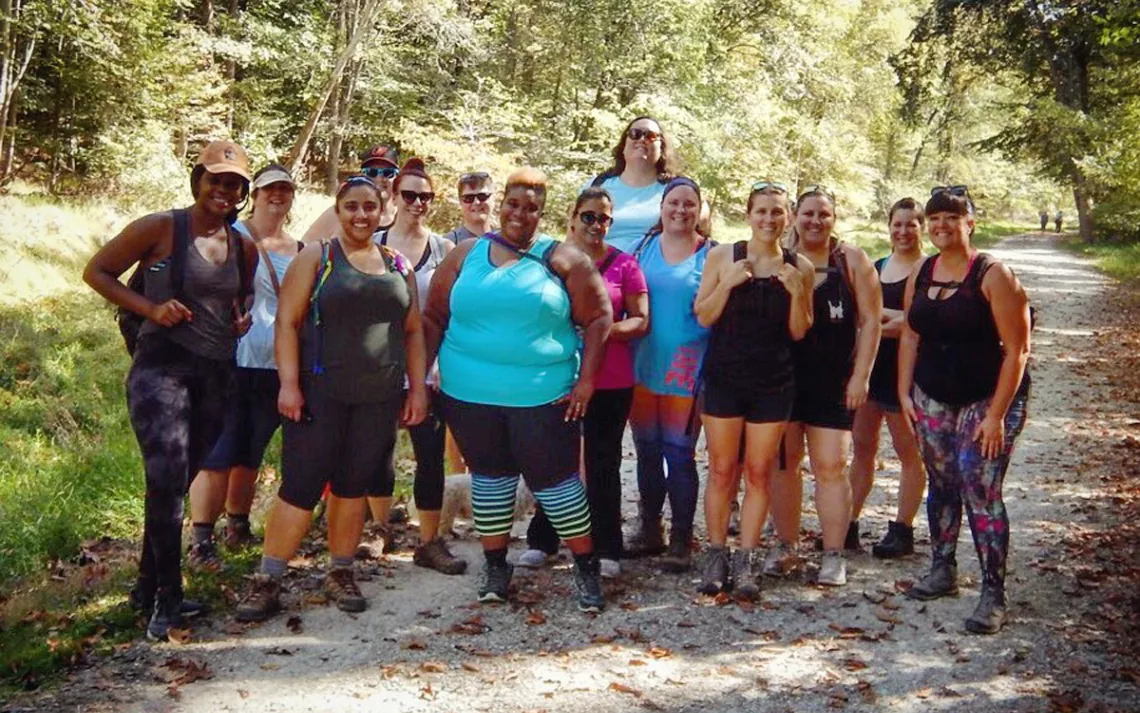
An Unlikely Hikers meet-up group
Diversify Your Outdoor IG Feed:
@theventureoutproject (Read more about the Venture Out Project, which provides outdoor education and wilderness trips for trans and queer youth and adults, in the March/April issue of Sierra.)
 The Magazine of The Sierra Club
The Magazine of The Sierra Club



